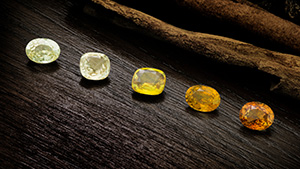
Investigates the various chromophores responsible for color in four types of yellow sapphire.
Read More
A sphere of Armenian turquoise with natural brown matrix material mimics planet Earth.
Read More
Fingerprints resulting from a flux-assisted heating process give a purple-red ruby a unique appearance.
Read More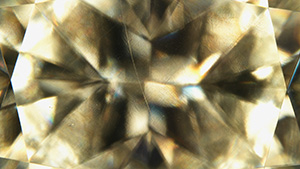
The first report of an etch channel–like structure in a CVD laboratory-grown diamond submitted to GIA.
Read More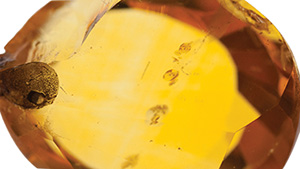
This study examines FTIR spectra of yellow sapphire heat treated in an oxidizing atmosphere to deepen its color.
Read More
The DiamondView instrument is able to identify glass as the filler in a pair of heart-shaped rubies.
Read More
An overview of the Summer 2023 Gems & Gemology content.
Read More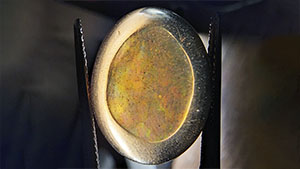
A newly developed treatment creates a phantom structure in opal visually similar to natural phantom opal.
Read More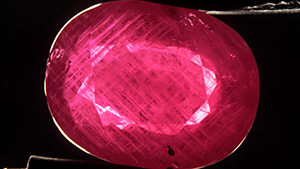
An overview of the treatment process of ruby and pink sapphire from Greenland and its effect on inclusion scenes and chemistry.
Read More